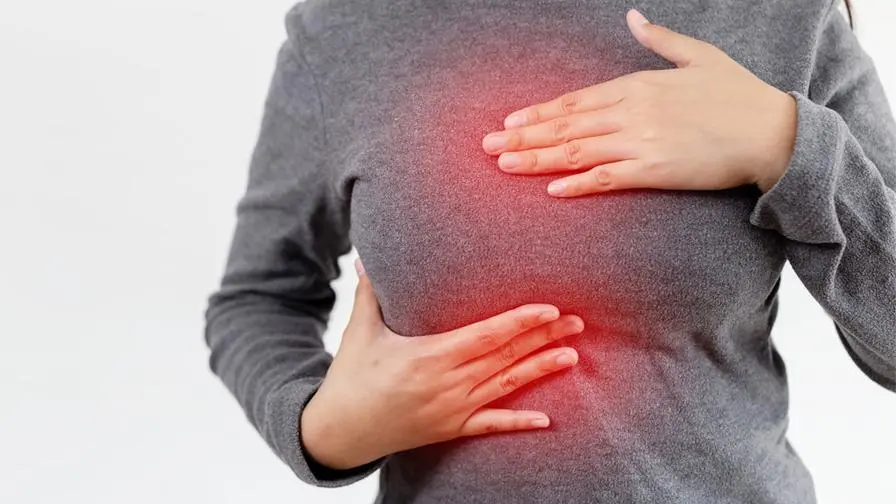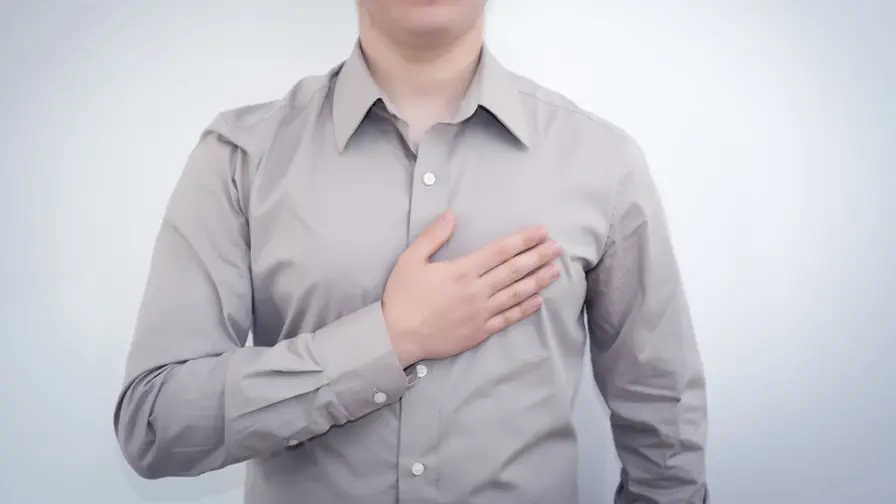Dcard netizens asked urgently: Is it possible to "remove the tumor" during breast augmentation? Professional breast surgeons urge that "it should not be done at the same time"

A netizen on Dcard asked, what should I do if I find fibrocysts in my breasts before breast augmentation? Can breast augmentation surgery be combined with removal at the same time? And if you notice fibrocystic breasts after breast augmentation, will it affect the effect of breast augmentation? . In order to clarify these doubts, we specially consult Dr. Cai Yunda, a senior breast surgeon who specializes in aesthetics. With his rich experience and professional knowledge in breast augmentation surgery, we can help everyone solve their confusion, so that women can pursue beauty while taking into account breast health. .
What are benign breast tumors? Does it need to be removed?
Common benign breast tumors include fibrocyst, fibroadenoma, phyllodes sarcoma, and breast cyst (hydroma), which are often collectively referred to as breast tumors. According to the website of Taipei Medical University, about 90% of breast tumors are benign tissues . The American College of Pathology and Medicine also pointed out that almost 90% of female breasts have fibrocystic changes. This phenomenon is usually related to female hormone fluctuations. Even after removal, , can still reoccur and is not considered a condition.
“The medical community generally believes that benign fibrous cysts do not need to be removed, and regular follow-up is enough. If you find benign breast tumors, you don’t need to worry too much.” So under what circumstances do benign breast tumors need to be removed? Dr. Cai said that if it is a benign tumor of more than 2 cm, or has caused inconvenience to life, such as obvious discomfort and foreign body sensation, the tumor grows too fast, and there is a family history of breast cancer, or there is a risk of precancerous lesions, biopsy If abnormality is detected, direct removal can be considered after evaluation by a professional doctor.
Is it possible to “remove the tumor” during breast augmentation? Doctor: It is not recommended to do both at the same time
Should benign tumors be removed during breast augmentation? In this regard, Dr. Cai Yunda pointed out that general breast surgery does not recommend breast augmentation and tumor resection at the same time . “Benign tumors grow in breast tissue, which is in a different position from the pectoralis major muscle and fascia where breast augmentation prostheses are placed. Therefore, the two are not suitable for treatment at the same time ; and during the repair period after breast augmentation surgery, the body has to bear more burden on the breasts. In addition to increasing the risk of wound infection during the repair process, it will also significantly increase the probability of contracture and increase unnecessary expenses.”
In addition, Dr. Cai Yunda also analyzed that considering that the current trend of breast augmentation is to pursue small wounds, concealed locations, and rapid recovery, armpit incisions are the most common “endoscopic armpit breast augmentation” . If cysts in different parts of the body are to be removed, , then most of the time the incision needs to be made from the lower edge of the breast. Not only will the wound be larger, but it will also easily leave scars. Therefore, it is recommended that women with concerns about fibrocysts can follow up regularly, or treat the cysts first, and then undergo breast augmentation after recovery.
What should I do if I find that the cyst has become larger after breast augmentation? Regular tracking is key!
In addition to NRA providing biennial mammography screening for women aged 45-69 , as well as breast ultrasound and breast MRI . Dr. Cai Yunda emphasized that regular follow-up visits are required in the first six months after breast augmentation surgery, and regular breast examinations should also be arranged thereafter. If you find that the tumor has abnormal changes in appearance, rapidly grows in size, or hardens after breast augmentation, you should immediately seek help from a professional breast surgery or breast medical center. Today’s advanced medical technology has greatly increased the chance of successfully removing tumors without damaging the prosthesis.
Finally, Dr. Cai did not forget to remind women that regardless of whether they have undergone breast augmentation surgery, women should develop the habit of daily self-examination of their breasts and keep track of the condition of their breasts at all times, so that they can detect symptoms early and maintain safe and confident health.
Extended reading: After a mammogram without examination, her whole body ached and she was shocked to find that cancer cells had metastasized “all over her body”





